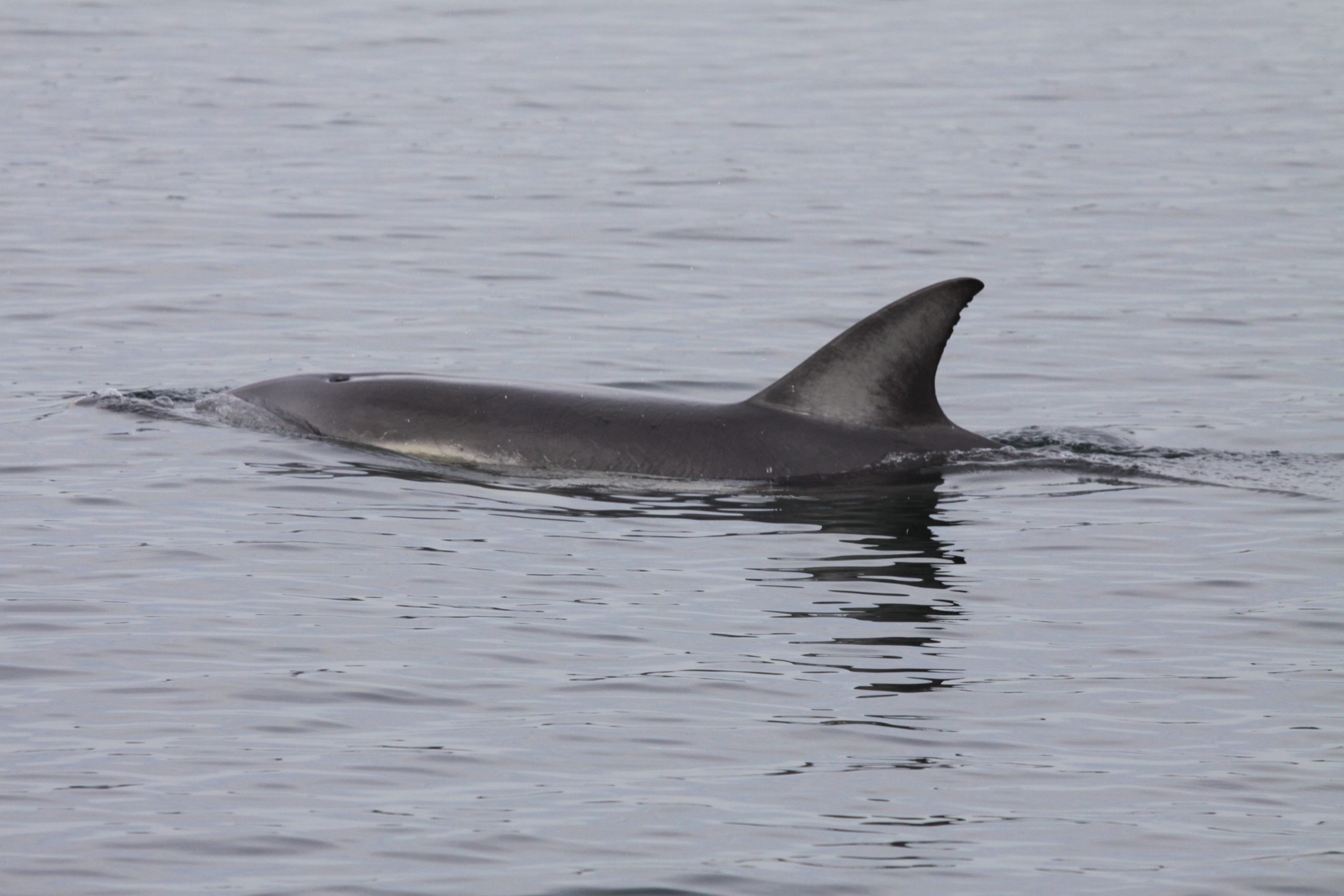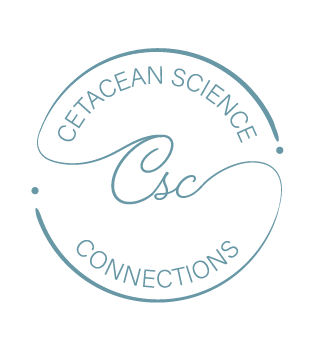A Science skills session

How do identify individual dolphins and why is this important?
Why is it important to identify individual dolphins? Patience and attention to detail are key to this process. Thankfully, we do have AI assistance these days to make the process a little less time-consuming.
This session shares the process we use as cetacean scientists to recognise individual dolphins, and why this is an important part of their conservation.
Identifying individual dolphins is a time-consuming (even when we use AI) science-based skill. Good science can be a slow and tedious process but an important one that enables us as scientists to understand dolphin communities. What is learned from this process can be used to inform wildlife managers and conserve dolphin communities.
Audience: Upper Primary school students, Secondary school students, and community members with an interest in citizen science.
Session length: approximately 60 minutes
Delivery: Incursion, online, or excursion (venue and its hire to be arranged)
Cost: Contact us for details
No. of students: A class of 25 – 30 students is a great audience size for this session. Participants will have the opportunity to ‘match’ individual cetaceans for themselves.
Resources required: Curiosity, patience (for the matching process), and your glasses if you need them to see fine nuances in images.
We love sharing our science and are always happy to explain more about our science sessions and current cetacean research to those who are interested. If you’d like more information, fill in the form below and we’ll be in contact with you at our earliest convenience. If you’d like us to call you, remember to put your contact number in the message field.
